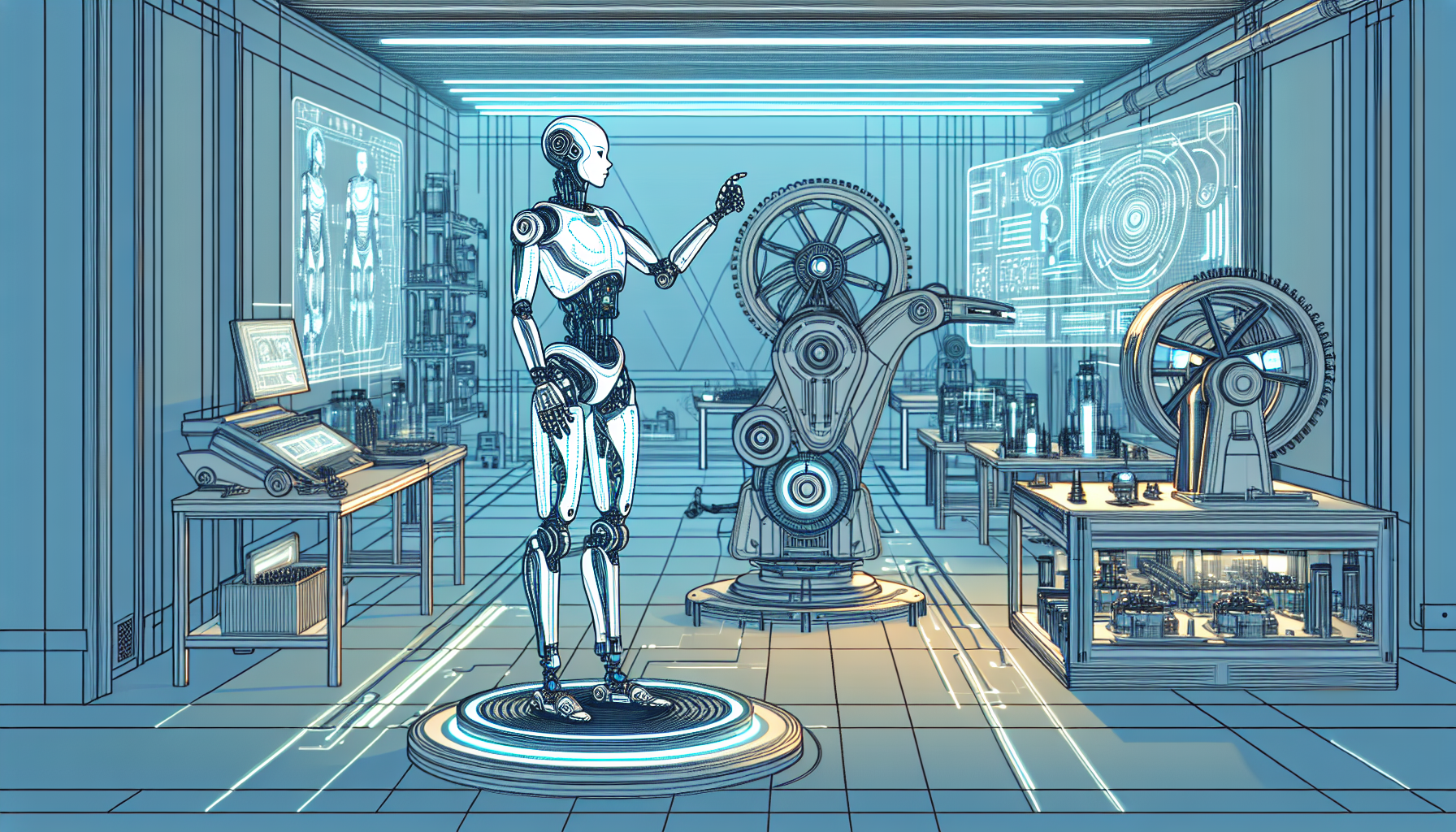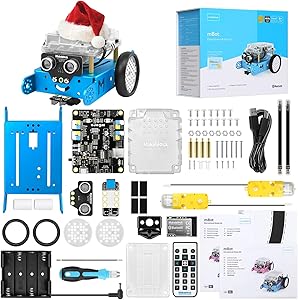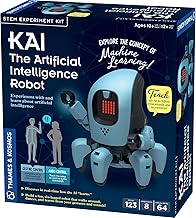Exploring Tesla’s Optimus Robot and Its Impact on Robotics
The future of robotics is upon us – but what does it really look like? Tesla’s Optimus robot recently showcased its impressive capabilities, igniting curiosity and excitement around the possibilities of robotics in our daily lives. But with the theatrics of such announcements, one must ask, what’s the reality behind the dolled-up presentation? This article peels back the layers of Optimus, examining its design, features, and the implications it may hold for various sectors.
Tesla’s Optimus – Unveiling the Robot
Let’s kick things off with an introduction to the Optimus robot. Conceived as part of Tesla’s ongoing quest for innovation, the Optimus aims to redefine the way robots interact with the human world. This endeavor isn’t something born overnight; it’s been a part of Elon Musk’s vision of a future populated by autonomous companions that assist in our daily tasks.
The recent video release, a high-energy showcase of Optimus’s functionalities, aimed to demonstrate the robot’s potential. From walking to climbing stairs and even handing out snacks, Musk’s presentation was designed to dazzle, yet left many questioning the authenticity of what they observed.
Key Features Showcased in the Video
- Walking: While the ability to ambulate is fundamental for any humanoid robot, the way Optimus did it seemed almost ballet-like. But at what cost?
- Handing Out Food: A scene that sparked joy, yet it raised the question, is this what we want robots doing for us?
- Climbing Stairs: Perhaps one of the most significant visual feats, the execution here was so polished it almost felt choreographed.
- Speed and Performance: With quick demos, one couldn’t help but wonder, does this speed reflect reality or is it a trick of the editing?
Breakdown of the Recent Demonstration
One of the most compelling aspects of the recent demonstration is the editing. Did anyone else notice that the video was sped up significantly? At various points, viewers saw Optimus operating at 2x, 8x, and even up to 10x regular speed. While flashy, it begs the question of transparency with technology. Are we witnessing a stunning achievement in robotics, or is this just a glossy illusion?
Viewer reactions ranged from awe to skepticism, showing how divided public opinion can be regarding the authenticity of technology’s rapid advancements. Some, like tech analyst Robert Scoble, pointed out the uncertainty surrounding Musk’s claims of autonomy. After all, during crucial moments in the presentation, the robot seemed to have a human puppeteer, especially evident when it came to the stairs.
Human Intervention and Teleoperation
Another curious observation during the presentation was the vanishing label of ‘autonomous’ when Optimus climbed those stairs. One moment it’s proudly flaunted, the next it disappears into the digital void as the robot struggles a tad. It’s instances like this that fuel skepticism about how much of what we saw was true autonomy versus teleoperated assistance.
Technological Context and Comparisons
When comparing Tesla’s offerings against competitors in the robotics field, it’s clear that Optimus is operating under a unique premise. Other companies have developed robots with specific tasks and capabilities already on the market. Yet, Tesla tries to break barriers by aiming for an all-in-one humanoid solution. But has it bitten off more than it can chew?
Some industry giants have made considerable strides in the realm of robotic capabilities, which may put Tesla at a disadvantage in the long run. It’s vital to recognize that public trust can be easily swayed by presentation styles. Musk’s grand versus cautious demeanor during these showcases can lead to vastly different viewer perceptions of a given technology’s reliability.
Cultural and Societal Impacts
The expectations surrounding robotics often run parallel to science fiction narratives, painting an idyllic picture of automation living harmoniously among us. But what happens when reality hits? The over-romanticized concept of robots infiltrating every sector of our lives can come with unforeseen consequences.
Consider the implications if robots like Optimus make their way into healthcare, domestic tasks, and entertainment. The potential for making our lives easier is tantalizing, yet dependency on these technologies poses risks we must take seriously as a society.
Cautionary tales abound when envisioning our collective future; as we weave automation into the fabric of our existence, will we inadvertently lose a part of our humanity? These are the big questions we need to ask – the ones that linger when pondering life with robots.
Final Thoughts
In recap, Tesla’s Optimus robot holds a mirror to our aspirations and anxieties surrounding technology. Each showcase, while captivating, reminds us that the sheer speed of advancement isn’t a synonym for truth. We must remain vigilant and skeptical as new technologies emerge, questioning their capabilities and the narratives surrounding them.
The future of robotics is undeniably fascinating, yet it is up to us to navigate the ethical maze technology presents. So let’s stay engaged, explore these advancements, and foster discussions on how technology shapes our society. After all, every leap into the future comes with both promise and caveat. What role do we want robots to play in our lives, and how transparent should they be in achieving that role?










